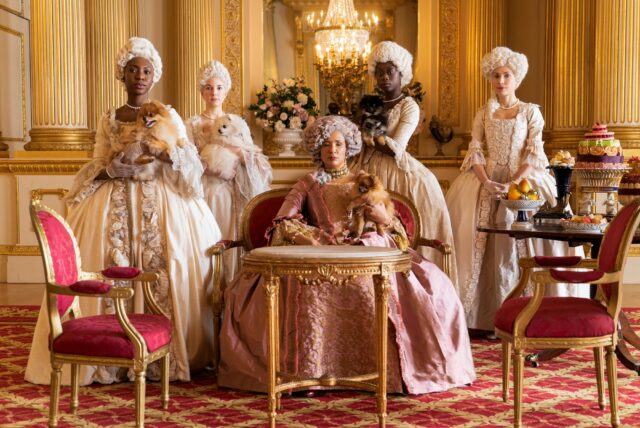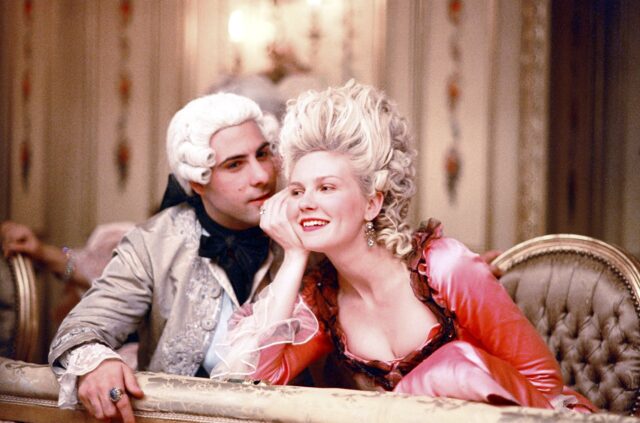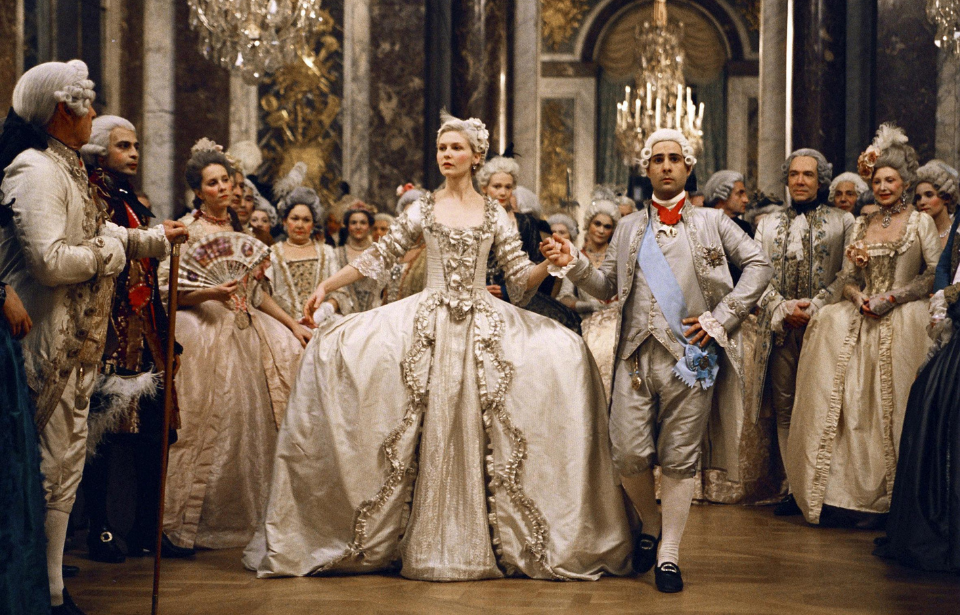It seems that most good period dramas have a cast who wears powdered wigs, and there’s a reason for it. Historically, they really were quite popular. The Founding Fathers wore them, French royals wore them, and British officers wore them, but why? As it turns out, wigs became a staple of many wardrobes for a specific medical reason.
The powdered wig
What these period dramas don’t include is the far less elegant truth: by the 16th century, many countries were fighting off a syphilis epidemic. In fact, this was the worst epidemic since the Black Death. The disease ran rampant throughout cities, with no antibiotics or other treatments for the condition. All that could be managed were the symptoms, one of which was baldness. Wigs certainly existed before this, but this enormous problem called for a modern solution.

The answer was the powdered wig. Made from human, horse, or goat hair, they were then coated with a scented powder. Not only did this help cover up the baldness those with syphilis experienced, it also helped cover up the smell coming from open sores that often appeared on the head. Ironically, the powder also covered up the smell of the wigs, which after lengthy wear, was far from appealing.
They became popular
While there was now a solution, the powdered wig still wouldn’t become a fashion staple for high-class society for over a century. Around the same time, King of France Louis XIV and King of England Charles II started losing their hair and going gray. Historians believe that both men were experiencing the same symptoms of syphilis that so many of their subjects before them had.

The kings lived in a society where it was highly shameful to be bald, so they jumped to action quickly to save their image, commissioning elaborate wigs to hide their shame. Now that the powdered wig was worn by royalty, it was soon copied by their courtiers and other nobles. Middle-class people then started copying this royal fad, and the powdered wig became an essential part of 18th-century fashion.
Simply practical
Even when both kings died, the powdered wig didn’t go anywhere. While it became a way for the rich to flaunt their wealth, it was also a practical accessory. Not only did it hide the evidence of syphilis, but it also prevented people from getting lice. In order for men to fit into a powdered wig, they had to shave their hair. No hair, no lice. Even if the bugs managed to latch onto someone’s wig, all they had to do was boil it.

As with all fashion, the powdered wig eventually fell out of favor. For the French, it was a symbol of the monarchy and people were quick to get rid of it during the Revolution at the end of the 18th century. The British, on the other hand, stopped wearing it around the same time the powder used on the wigs became heavily taxed.
More from us: Theopetra Cave Contains 130,000 Years Of Human History
Although powdered wigs disappeared, a modern version of it is still worn in some places. During the 18th century, it became part of the “official” uniform of many professions. British lawyers, for example, still wear them.
Were you aware of the history behind these powdered wigs? Share your thoughts with us in the comments below!
